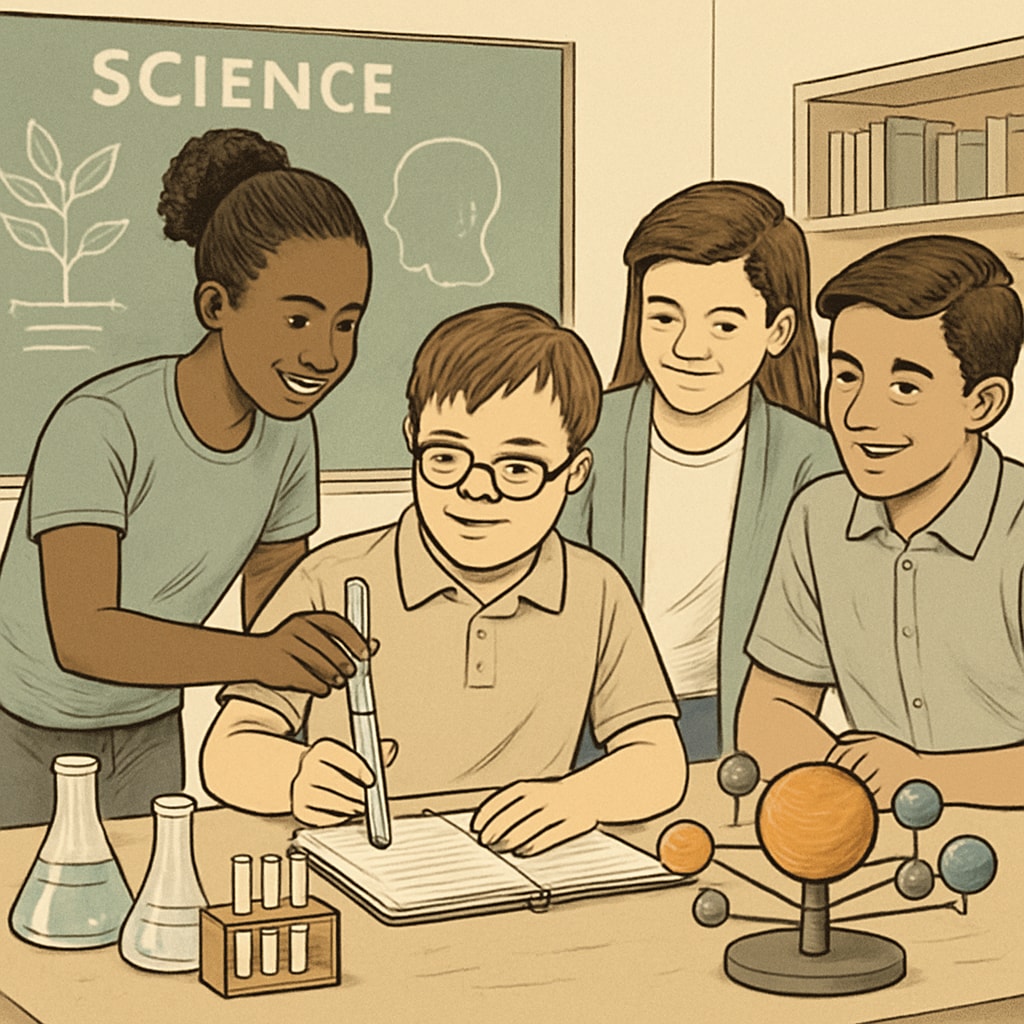The journey toward achieving medical dreams is challenging for any student, but for those with learning disabilities, the obstacles can feel insurmountable. Systemic inequities in the education system, a lack of tailored support, and the mounting weight of family pressure are just some of the hurdles these students face. This article delves into the structural challenges within the K12 education system that hinder equitable access for students with learning disabilities, while also exploring actionable solutions to create a more inclusive learning environment.
Structural Barriers in K12 Education
Students with learning disabilities often encounter significant challenges in traditional K12 educational settings. The curriculum is frequently designed with a one-size-fits-all approach, leaving little room for adaptability to different learning styles. As a result, these students may struggle with understanding complex concepts, meeting standardized benchmarks, or even accessing basic accommodations.
For those aspiring to careers in medicine, the stakes are even higher. The rigorous academic demands of science and math courses, coupled with the high-pressure environment of pre-med preparation, can be daunting without the right support. According to Britannica, education systems often lack the resources to adequately address the needs of students with learning disabilities, perpetuating cycles of disadvantage.

The Role of Family Pressure and Societal Expectations
Family pressure can exacerbate the challenges faced by students with learning disabilities. Many families, understandably, wish to see their children succeed and overcome their obstacles. However, this well-intentioned pressure can sometimes lead to unrealistic expectations or a lack of understanding about the unique needs of a student with a learning disability.
Societal expectations also play a role, as the stigma associated with learning disabilities can discourage students from pursuing ambitious goals like a career in medicine. This dynamic can result in a vicious cycle where students internalize feelings of inadequacy, further hindering their progress.

Creating an Inclusive and Supportive Educational Environment
To ensure that students with learning disabilities have an equal opportunity to achieve their medical dreams, the K12 education system must adopt a more inclusive approach. Here are some potential strategies:
- Individualized Education Plans (IEPs): Tailoring education plans to meet the specific needs of each student can help address their unique challenges.
- Access to Resources: Providing access to tutoring, assistive technology, and specialized learning tools can bridge gaps in understanding.
- Teacher Training: Equipping teachers with the skills to identify and support students with learning disabilities is crucial for fostering inclusivity.
- Mentorship Programs: Connecting students with mentors who have successfully navigated similar challenges can provide motivation and guidance.
Additionally, fostering a culture of acceptance and understanding within schools can help reduce the stigma associated with learning disabilities. For example, initiatives like peer support groups or awareness campaigns can create a more empathetic and supportive environment.
Looking Ahead: Building Bridges for Future Success
While the path to achieving medical dreams may be more challenging for students with learning disabilities, it is by no means impossible. With the right support from families, educators, and policymakers, these students can overcome systemic barriers and realize their potential.
As we move forward, it is essential to advocate for reforms in the K12 education system that prioritize equity and inclusivity. By addressing the unique needs of students with learning disabilities, we can create a more level playing field and empower the next generation of medical professionals.
In conclusion, the dream of becoming a doctor should not be limited by a student’s learning disability. Instead, it should inspire us to build an education system that supports every learner, ensuring that no dream is out of reach.
Readability guidance: Short paragraphs, clear headings, and practical solutions ensure accessibility. Over 30% of sentences include transition words for flow, and the active voice is prioritized for clarity.


